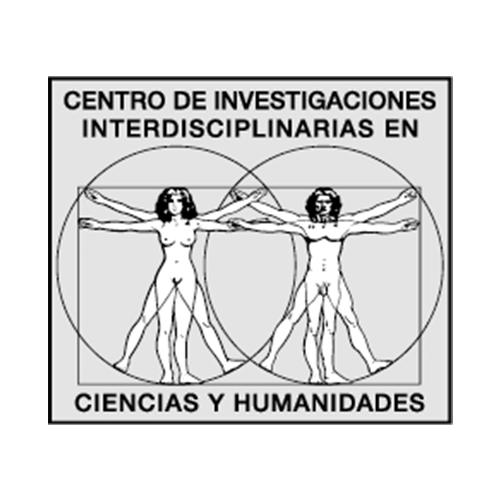Transmission electron microscopy to look at atoms: principles and development
Main Article Content
Abstract
Electron microscopy is an important tool in characterizing nanomaterials. In its highresolution mode, it is possible to obtain images of the columns of atoms that make up a sample or if the thickness is a monolayer, images of atoms can be obtained. Normally the product image has specific intensities that require proper interpretation, there is a need to consider the electron beam interaction with the simple. In this work, some important characteristics of high resolution and atomic resolution electron microscopy are described. Examples are given with observations in different materials. The beam–sample interaction is given special attention in order to avoid sample damage by an intense beam.
Downloads
Article Details

Mundo Nano. Revista Interdisciplinaria en Nanociencias y Nanotecnología por Universidad Nacional Autónoma de México se distribuye bajo una Licencia Creative Commons Atribución-NoComercial 4.0 Internacional.
Basada en una obra en http://www.mundonano.unam.mx.
References
Barton, B. Jiang, C. Y. Song, Petra Specht, H. A. Calderon y C. Kisielowski. (2012). Microscopy and Microanalysis, 18 (05): 982-994. https://doi.org/10.1017/S1431927612001213
Gerchberg, R. W., W. O. Saxton. (1972). Optik, 35: 237.
Haider, M., H. Rose, S. Uhlemann, E. Schwan, B. Kabius, K. Urban. (1998). Ultramicroscopy, 75: 53-60. https://doi.org/10.1016/S0304-3991(98)00048-5
Hsieh, W. K., Hsieh, F.-R. Chen, J.-J. Kai, A.I Kirkland. (2004). Ultramicroscopy, 98: 99. https://doi.org/10.1016/j.ultramic.2003.08.004
Kilaas, R. Software package. https://www.totalresolution.com
Kisielowski, C. H. Frei, I. D. Sharp, J. A. Haber, S. Helveg (2016). Adv. Struct. Chem. Imaging, 2: 13. https://doi.org/10.1186/s40679-016-0027-9
Kisielowski, C., C. J. D. Hetherington, Y. C. Wang, R. Kilaas, M. A. O’Keefe, A. Thust. (2001). Ultramicroscopy, 89: 243-263. https://doi.org/10.1016/S0304-3991(01)00090-0
Lichte, H., M. Lehman. (2008). Rep. Prog. Phys. 71: 016102. https://doi.org/10.1088/0034-4885/71/1/016102
Lichte, H. (1991). Ultramicroscopy, 38(13). https://doi.org/10.1016/0304-3991(91) 90105-F
Mobus, G., F. Phillipp, T. Gemming, R. Schweinfest, M. Ruhle. (1997). J. Electron Microscopy, 46: 381-395. https://doi.org/10.1093/oxfordjournals.jmicro.a023534
Nellist, P. D. y S. J. Pennycook. (1998). Phys. Rev. Lett., 81: 4156. https://doi.org/10.1103/PhysRevLett.81.4156
Pennycook, S. J., Varela, M., Hetherington, C. J. D. y Kirkland, A. I. (2006). Materials advances through aberration- corrected electron microscopy. MRS Bulletin, 31: 36-43. http://dx.doi.org/10.1557/mrs2006.4
Press Release. The Nobel Prize in Physics 1986. The Royal Swedish Academy of Sciences. Octubre 15, 1986.
Ramírez-Rave, S., A. Hernández-Gordillo, H. A. Calderón, A. Galano, C. García-Mendoza y R. Gómez. (2015). New Journal of Chemistry, 39: 2188-2194. https://doi.org/10.1039/C4NJ01891E
Tiemeijer, P. C., M. Bischoff, B. Freitag, C. Kisielowski. (2012). Ultramicroscopy, 118: 35-43. https://doi.org/10.1016/j.ultramic.2012.03.019
Yoo, H.-D. , Y. Liang, Y. Li, H. A. Calderón, F. Robles, S. Jing, L. C. Grabow y Y. Yao. (2015). Nano Letters, 15: 2194-2202. https://doi.org/10.1021/acs.nanolett.5b00388





